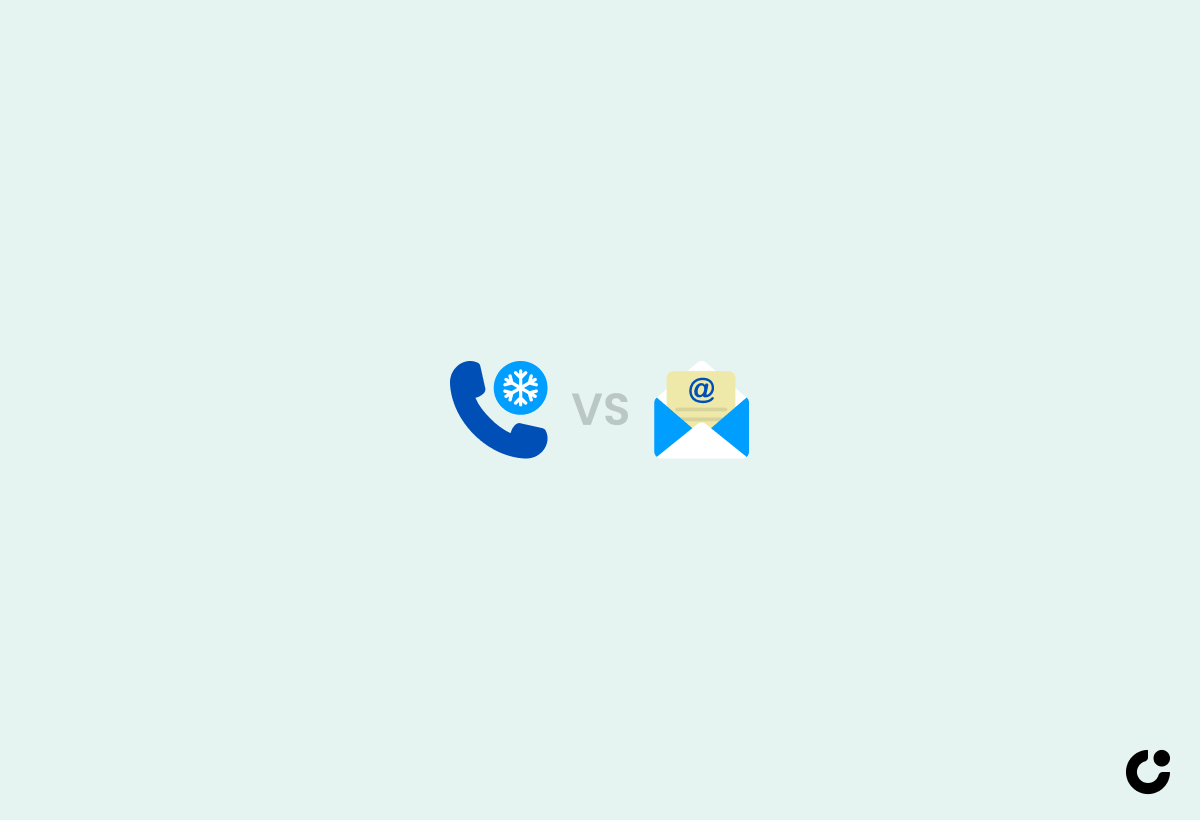Have you ever pondered the eternal debate between cold call vs cold email in the quest for lead generation? As a sales or marketing professional, it’s crucial to understand the key differences and best practices for each method to maximize your efforts. In this blog post, we’ll explore the advantages and disadvantages of cold calls and cold emails, dive into the factors that influence their effectiveness, and reveal strategies to optimize your outreach for success.
Key Takeaways
- This article compares the features and benefits of cold calling and cold emailing for lead generation.
- Factors to consider when choosing between them include target audience preferences, sales cycle stage, product/service complexity, etc.
- Strategies are discussed to maximize success with both methods while combining them can also be used for optimal results.
Cold Call vs Cold Email: Understanding the Basics
While both cold calling and cold emailing are methods of cold outreach that strive to produce leads and transform prospects into customers, there are multiple distinctions between these two approaches that sales teams must consider when deciding on their outreach strategy.
We will examine the fundamental elements of each method, shedding light on their distinct features and benefits.
What is Cold Calling?
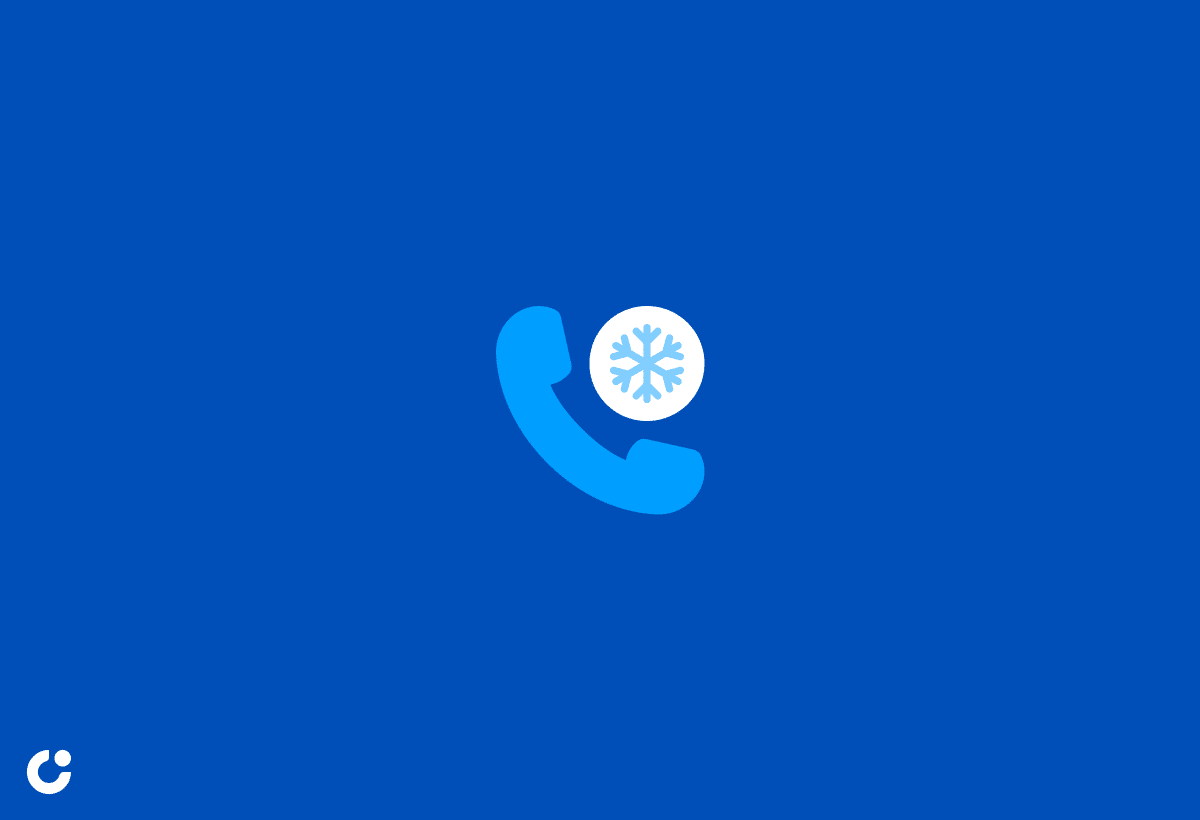
Cold calling is a process in which potential customers are contacted by telephone without prior notification by sales reps, with the purpose of presenting a product or service and identifying potential leads. Establishing a limited personal connection with the recipient by speaking on the phone is what sets cold calling apart in the email vs cold call debate.
Cold calling offers a dynamic experience, allowing sales representatives to experiment with different approaches and enhance the timing of their calls. Utilizing cold calling software can offer advantages such as:
- Enhanced lead generation
- Tracking the origin of calls to particular campaigns
- Access to analytics
- Automated dialing
Efficient cold calls and lead generation hinge on the perfection of the script. In fact, the sales team should aim for a 43% speaking and 57% listening ratio during their cold calls to make the process less time-consuming and more effective.
What is Cold Emailing?

On the other hand, cold emailing is a form of direct marketing that involves sending unsolicited emails to prospective customers and partners with the aim of introducing one’s business and developing a rapport over time. Cold emailing can be more advantageous than cold calling in obtaining valuable information about the lead, as the prospect can express their response precisely if they are not keen on the offer.
Cold emails have the benefits of:
- Scalability
- Cost-effectiveness
- A less intrusive nature
- Providing the capacity to include attachments, such as documents, presentations, videos, or even entire books pertinent to the subject matter of a cold email campaign.
However, cold emailing lacks the immediate, human interaction that cold calling provides. For cold emails to be effective, they need to convey the sender’s identity, the service offered, and the recipient’s potential interest in a concise manner. If there is no response to an initial cold email, it is advised to schedule a follow-up email and, if necessary, attempt to have a conversation with the prospect by making a phone call.
Pros and Cons of Cold Calling
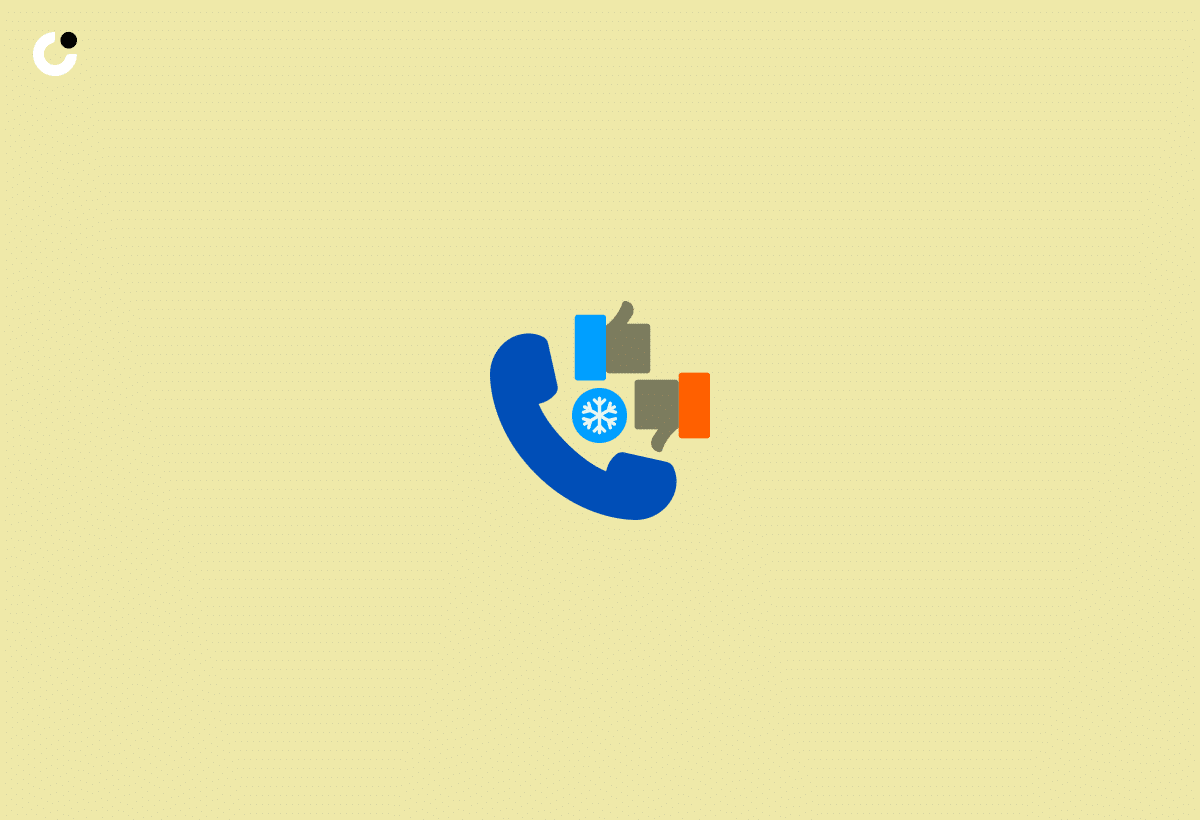
Cold calling provides the opportunity for a more personalized approach to potential leads from the outset, but it also has its drawbacks. We will unpack the pros and cons of cold calling with regard to lead generation, considering factors such as the target audience’s preferences, sales cycle stage, and the complexity of the industry and product or service.
Advantages of Cold Calling
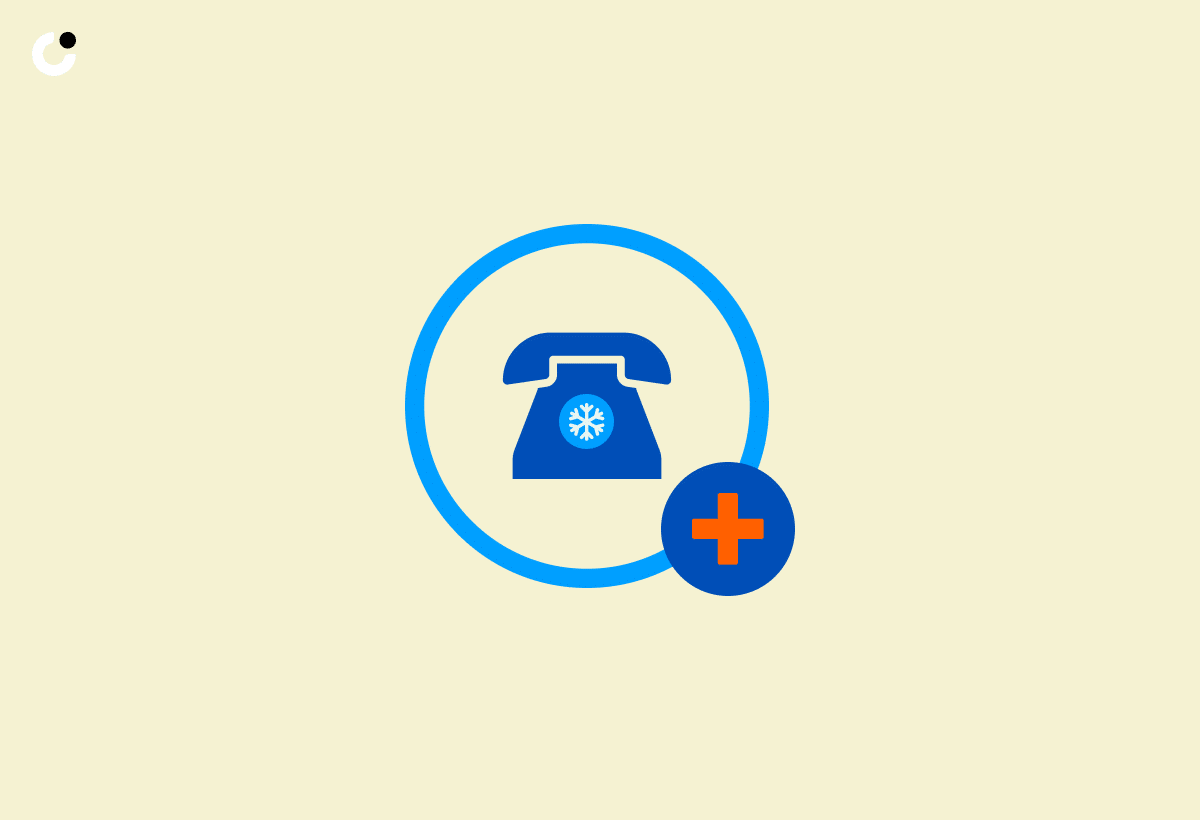
One of the primary advantages of cold calling is:
- Immediate response and direct communication
- Instant feedback
- Refining the sales process
- Establishing a personal connection with the lead from the outset
Cold calls also permit the salesperson to:
- Optimize the use of the prospect’s time by engaging in real-time conversations
- Provide personalized attention
- Maintain a friendly and personable demeanor
- Ensure the prospect feels comfortable and has sufficient time to ask questions.
Disadvantages of Cold Calling

Despite its advantages, cold calling has its fair share of drawbacks. Here are some of them:
- With a success rate of only 2%, it requires a significant amount of time and effort to generate leads.
- It can disturb prospects’ routines and may be seen as an interruption.
- Cold calling can be laborious and time-consuming.
- It can be difficult to gain access to the intended recipient when attempting to make a sale, as receptionists or assistants act as a filter for incoming calls, providing the initial layer of protection against any unwarranted interruptions.
Additionally, maintaining an accurate record of prior contact can be a challenge when manually calling prospects.
Pros and Cons of Cold Emailing

Cold emailing offers a different set of advantages and disadvantages when compared to cold calling. We will scrutinize the advantages and disadvantages of cold emailing in sales outreach, considering aspects like target audience preferences, sales cycle stage, and the intricacy of the industry and product or service.
Advantages of Cold Emailing

Cold emailing has several benefits, including:
- Scalable and cost-effective nature, which makes it an attractive option for reaching larger numbers of prospects efficiently and affordably
- Less intrusive than cold calling, providing potential customers with a sense of privacy and autonomy
- Not as disruptive as cold calls or sales pitches
Research conducted by Backlinko indicates that the average cold email reply rate is 8.5%, and cold emailing can generate an ROI of up to 4400%. To obtain such results, integrating personalization and well-designed subject lines in your cold email campaigns is vital.
Disadvantages of Cold Emailing
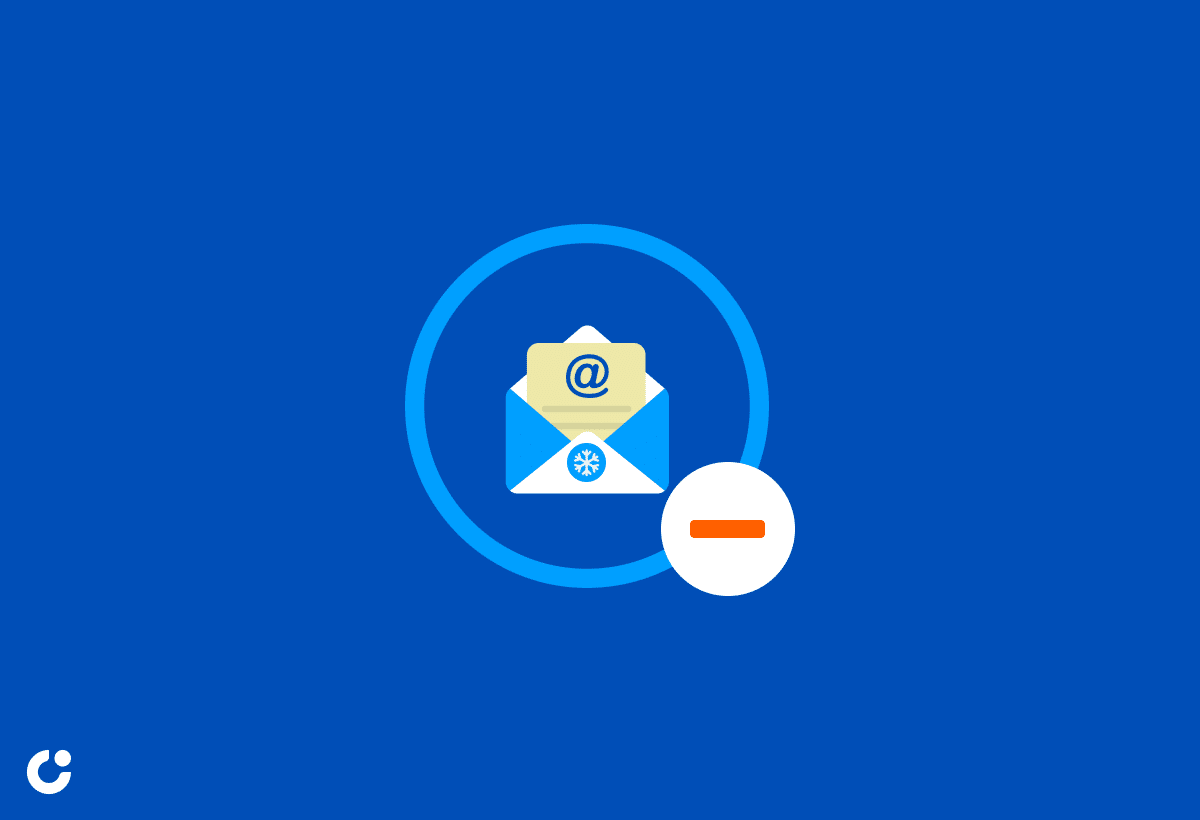
Despite its advantages, cold emailing has some drawbacks. Here are a few to consider:
- The average response rate for cold emails is between 1% and 5%
- Cold emails often lack the personal connection that can be attained through alternative forms of communication such as cold calls
- Cold emails can take longer to receive a response, as you must await a reply indefinitely
Moreover, it is essential to have a compelling subject line for cold emails, as it is the first thing the recipient sees and can influence whether or not they open it.
Factors to Consider When Choosing Between Cold Call and Cold Email

Choosing between cold call and cold email necessitates considering aspects like target audience preferences, sales cycle stage, and the complexity of the industry and product or service. In this section, we will explore these factors in greater detail and provide insights into how they can influence the choice between cold calling and cold emailing.
Target Audience Preferences

Comprehending the preferences of your target audience is fundamental when deciding whether to employ cold calls or cold emails in your outreach endeavors. Factors such as age and occupation can impact a buyer persona’s communication preference, and it is important to accommodate the potential client’s preference in order to effectively communicate the value proposition.
Conducting market research and utilizing social media platforms can help you gain insights into your target audience’s preferences and enable you to tailor your outreach strategy accordingly.
Sales Cycle Stage

Sales cycle stage can influence the choice between cold calls and cold emails, with calls being more effective for prospects further along in the sales funnel. During the early stages of the sales cycle, such as the prospecting stage, cold calls can be effective in locating potential leads and eliciting initial interest.
As the sales cycle progresses, cold calls can be used to acquire further information, address any queries, and cultivate rapport with the prospect. In the later stages of the sales cycle, cold calls can be employed to finalize the deal and eliminate any lingering reservations.
Industry and Product/Service Complexity

Industry and product/service complexity can impact the effectiveness of cold calls and cold emails, with more complex offerings potentially benefiting from direct communication via phone calls. Cold calls may be more advantageous when selling complex products or services due to the direct communication and the possibility to address any queries or apprehensions in real-time.
Conversely, cold emails may be simpler and more expedient, but they may have lower response rates compared to cold calls. Ultimately, the selection between cold calling and cold emailing is contingent upon the particular circumstances and objectives of the sales or marketing strategy.
Strategies for Maximizing Success with Cold Calls and Cold Emails

Maximizing success with cold calls and cold emails requires the application of effective strategies that amplify their respective benefits and mitigate their drawbacks. In this section, we will discuss strategies for enhancing cold call success and boosting cold email response rates.
Enhancing Cold Call Success

Boosting cold call success necessitates:
- Providing personalized feedback
- Consistent practice
- Focusing on essential skills
- Conducting prior research
- Monitoring prospects’ responses
- Adopting a multifaceted training approach
Personalization is crucial in improving the success rate of cold calls, as it demonstrates an awareness of the prospect’s specific needs and increases engagement.
Providing specialized attention to high-level buyers during cold calls is also essential, as it can improve the likelihood of closing the sale and cultivating long-lasting business relationships.
Boosting Cold Email Response Rates
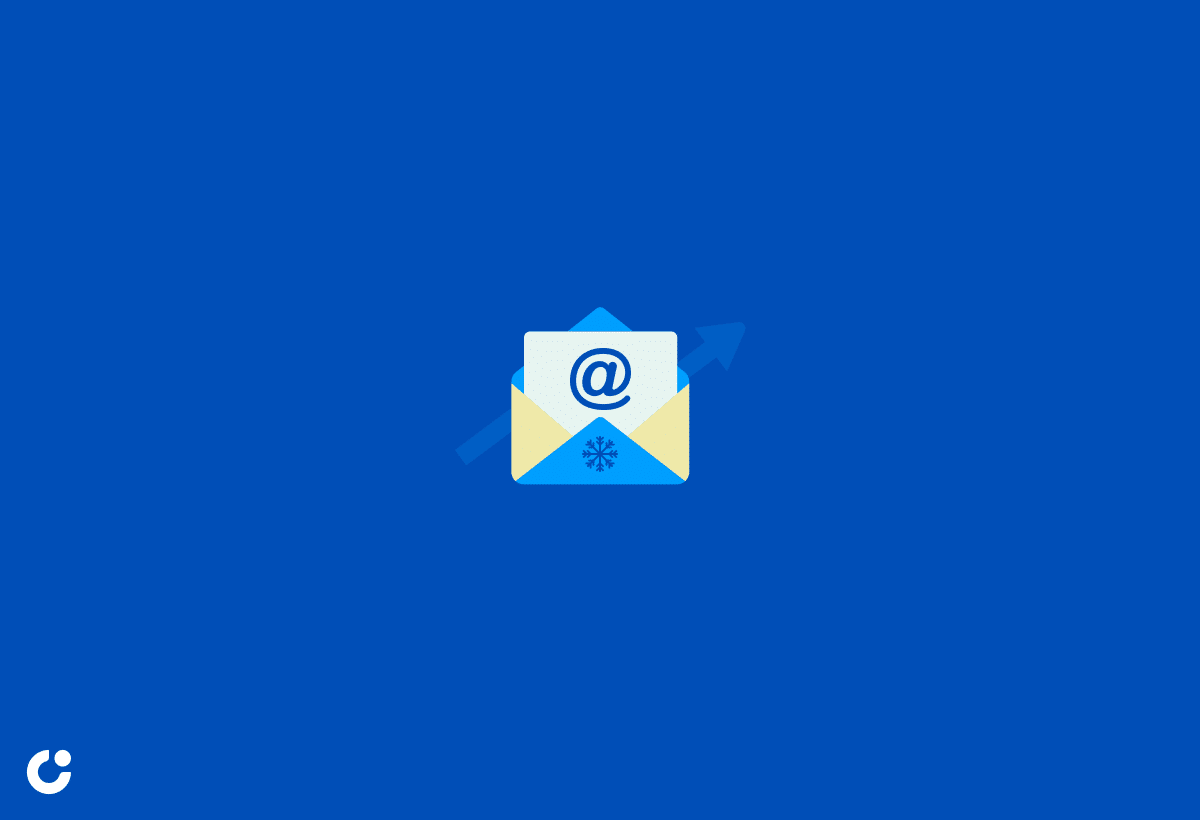
Boosting cold email response rates requires optimizing content, personalization, and avoiding spammy tactics. Utilizing an email deliverability tool is essential in cold emailing to guarantee that emails reach the intended potential customer and are not blocked by spam filters.
To augment open and response rates for cold emails, it is imperative to undertake the process strategically and with meticulous targeting. Enhancement of cold emailing campaigns can be accomplished by refining content, personalizing emails, and abstaining from the utilization of spammy practices.
Combining Cold Calls and Cold Emails for Optimal Results
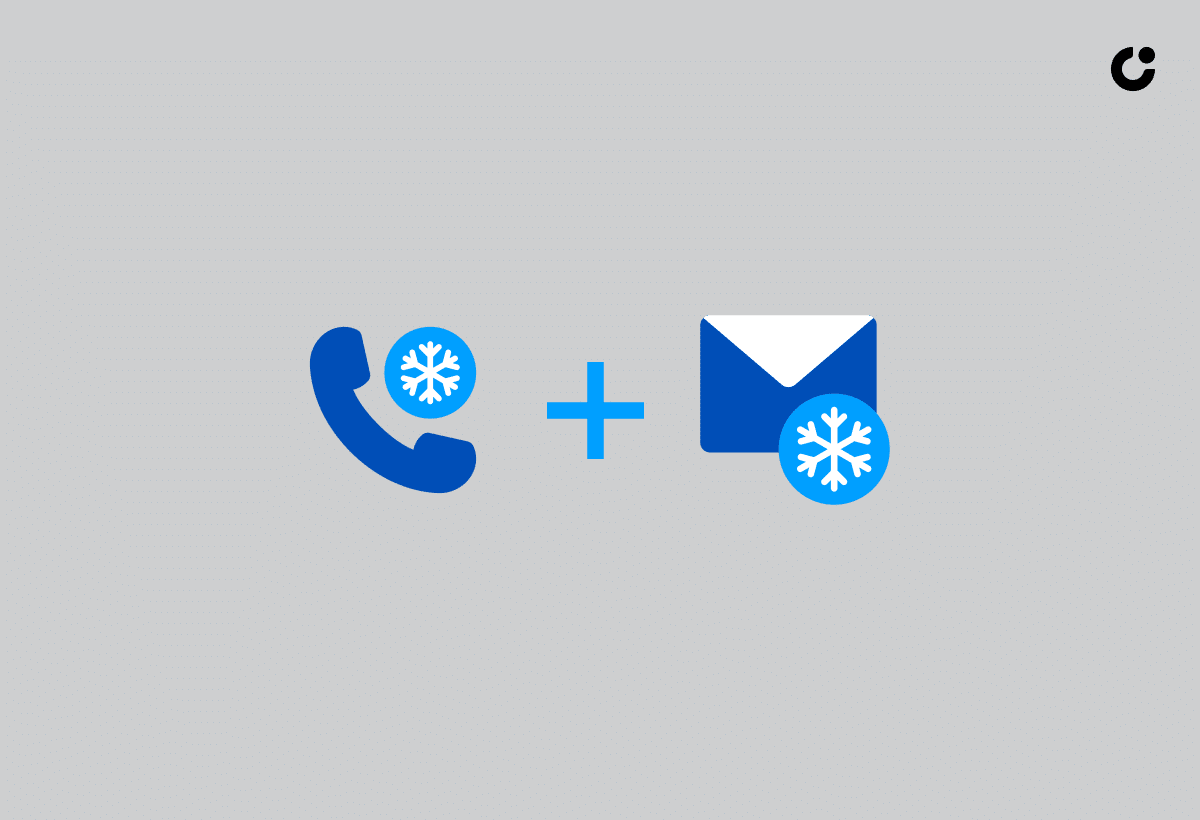
The amalgamation of cold calls and cold emails can culminate in superior outcomes in lead generation and sales outreach. In this segment, we will delve into how a harmonious blend of cold calls and cold emails can be achieved through a coordinated sales cadence, and we will also discuss strategies for maintaining equilibrium in outreach efforts.
Synergy Between Cold Calls and Cold Emails
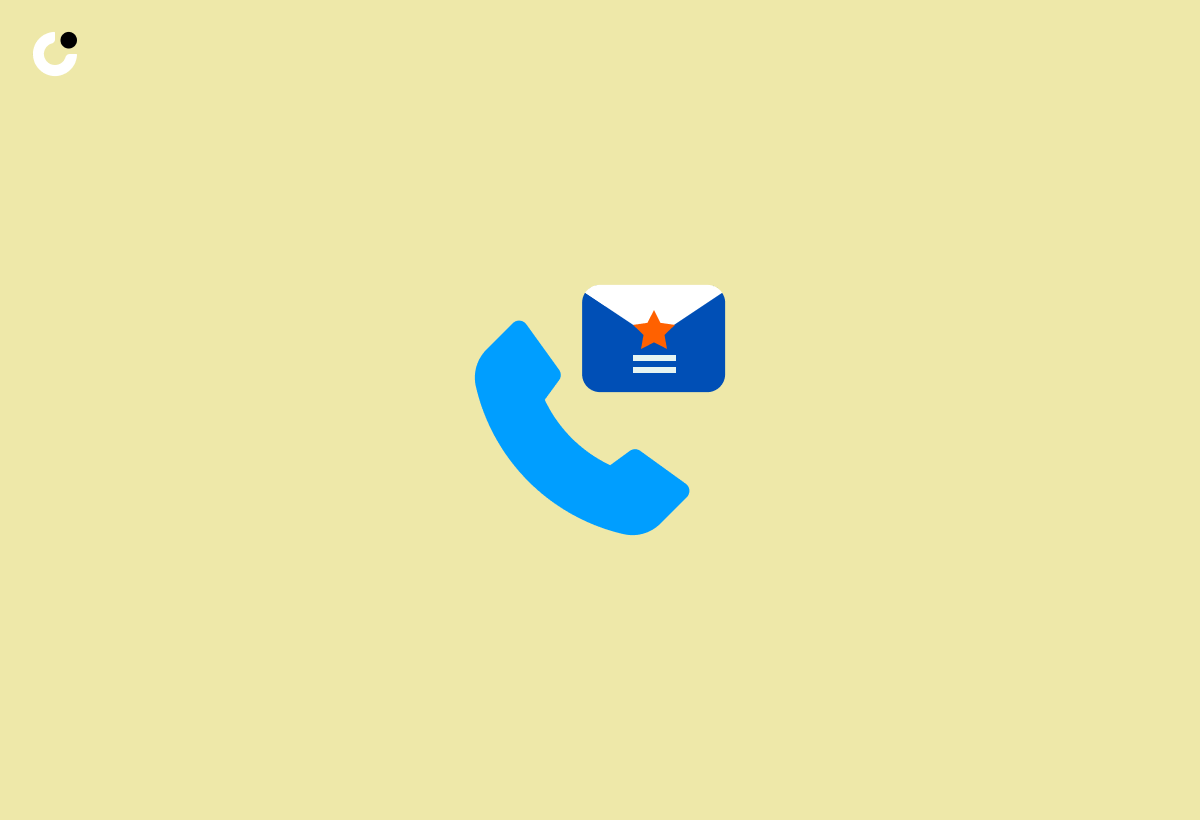
Synergy between cold calls and cold emails can be achieved by using both methods in a coordinated sales cadence. For instance, securing appointments through cold emails and then making cold calls based on the email responses is a recommended approach.
Utilizing both approaches can significantly improve the performance of sales and marketing campaigns.
Balancing Outreach Efforts

Balancing outreach efforts involves using both cold calls and cold emails strategically, without overwhelming potential clients. This can be achieved by:
- Customizing the message to the recipient
- Substantiating one’s credibility
- Pinpointing pain points or proposing something of value
- Utilizing attention-grabbing subject lines
- Concluding with a distinct call to action
- Engaging in real-time conversations through cold calls
- Finding the perfect balance between being amicable and preventing a forceful sales approach.
Summary
In conclusion, both cold calling and cold emailing have their advantages and disadvantages in lead generation and sales outreach. By understanding the key differences between these methods, considering factors such as target audience preferences, sales cycle stage, and industry and product/service complexity, and employing effective strategies to maximize success, sales and marketing professionals can optimize their outreach efforts and achieve optimal results. So, go forth and conquer the world of lead generation with a well-rounded approach that leverages the strengths of both cold calls and cold emails!
Frequently Asked Questions
Is it better to call or email clients?
Phone calls are ideal for more personalized communication as they allow for more empathy, connection and persuasion. Email is best for quick status updates and providing information that does not require further conversation, while sensitive details should always be discussed over the phone.
What is the difference between email and cold email?
Cold emails are sent as a one-time outreach effort to unknown recipients whereas email marketing is an ongoing process of targeted messages sent with the aim of building relationships.
Are cold call emails legal?
Cold calls are legal, provided you meet government requirements such as identifying yourself. However, caution must be taken to ensure you follow the necessary rules and regulations.
Is cold texting the same as cold email?
Cold texting is a marketing strategy similar to cold calling and sending cold emails, where businesses reach out to potential customers without prior communication. It involves sending text messages to people who have not expressed interest in your products or services.
What are the key differences between cold calling and cold emailing?
Cold calling involves contacting potential customers via phone without prior notice, while cold emailing is the process of sending unsolicited emails. Thus, key differences between cold calling and cold emailing involve the method of contact and the approach in terms of building a relationship.

